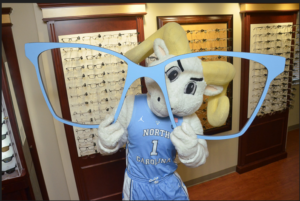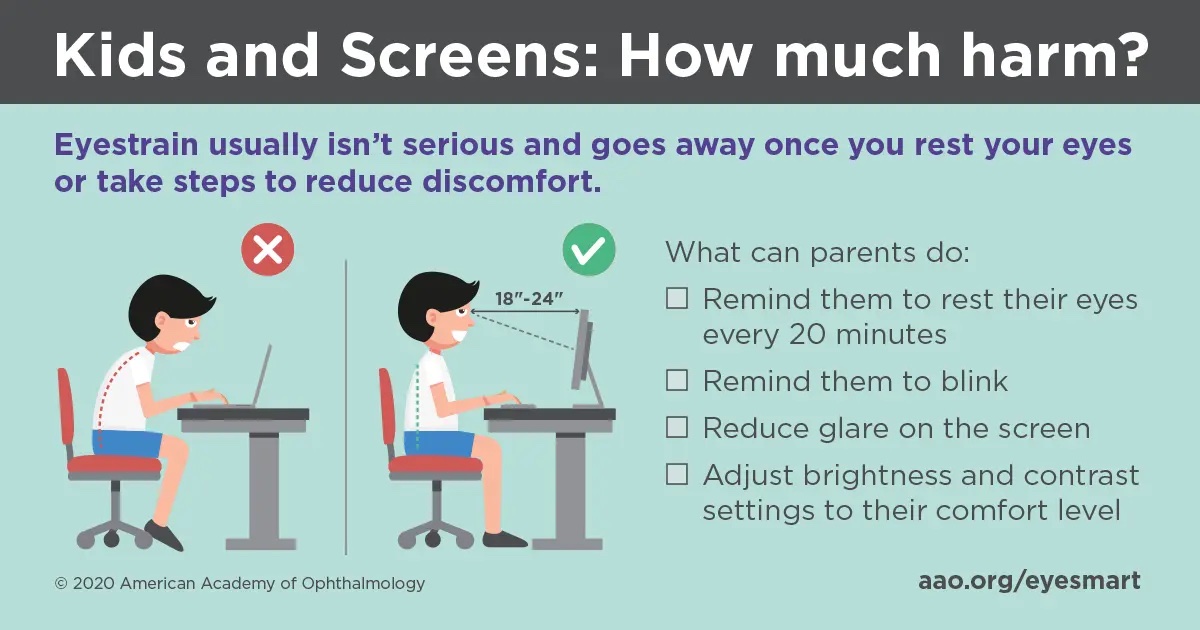At a back-to-school time of year, the American Association of Ophthalmology (AAO) has designated August as Children’s Health and Safety month. Whether your high school graduate is ready to take on college life, or your grade schooler is grumbling about starting a new school year, protecting a growing child’s vision is critical as he/she fully develops in adolescence. Prior to the start of each school year, families should work together to develop a vision care checklist.
- Preventive Care: Eye disease that is diagnosed and treated in early childhood can slow progression and avoid irreversible damage in adulthood. When myopia (nearsightedness) in young children isn’t treated at an early age, it is hard to correct blurriness and the risk of developing vision-threatening eye conditions in adulthood. Prescribing FDA-approved soft, disposable contact lenses for children as young as age 8 can help avoid the most devastating consequences of myopia in adulthood.
- Vision Screenings: Primary care providers including family physicians, pediatricians, and other properly trained healthcare providers can screen children for eye problems and refer them to an ophthalmologist for a comprehensive exam if needed. Children and youth can also be screened at schools, community health centers or community events.
- Pink Eye Awareness: Families of children and adolescents heading back to school late summer should learn how viral or bacterial pink eye (conjunctivitis) infections spread fast in classrooms and dormitories. A Parent’s Guide to Pink Eye provides tips for preventing and applying home remedies to lessen the severity of pink eye.
- College on the Eyes: College life will tax the eyes through longer waking hours, studying and being exposed to a range of environments. Academically inclined students often spend most study time indoors and can be at risk of worsening their eyesight. Those who find themselves spending too much time indoors are highly encouraged to shift their daily studies and breaks to the great outdoors.
- Eye injuries like surface scratches and orbital bone trauma commonly occur in college intramural athletics. In higher-risk sports like baseball, basketball, and lacrosse, recreational league participants are just as likely as scholarship athletes to experience traumatic eye injuries from stray balls, sports equipment, and upper extremities. It’s critical in intramurals sports for participants to wear glasses or gear to protect their eyes.
- Contact Lens Awareness: College years cost students both sleep and time. For undergraduates who use daily wear lenses, it’s critical to remove and care lenses properly each night. In dormitories, students should never cut corners in substituting sink water for using sterile contact lens solution to clean and store lenses. In common showers and in campus pools, removal of contact lenses is a must to reduce the risk of developing dangerous eye infections such as acanthamoeba keratitis.
#ChildrensEyeHealthAndSafetyMonth @AcademyEyeSmart
UNC Ophthalmology’s comprehensive physician schedules are filling up quickly. Our patient families are encouraged not to delay in contacting UNC Kittner Eye Center at 984-974-2020 to schedule needed eye exams. 
